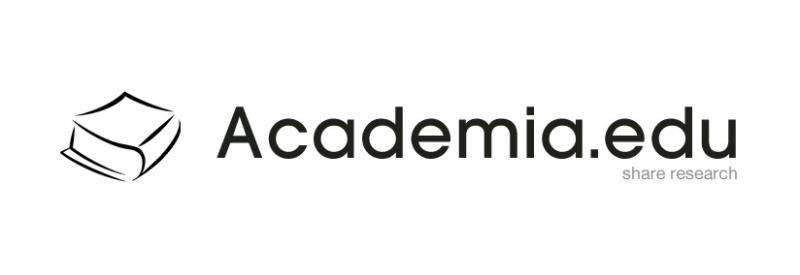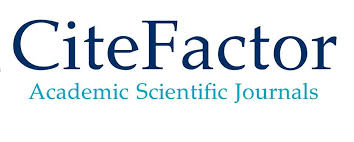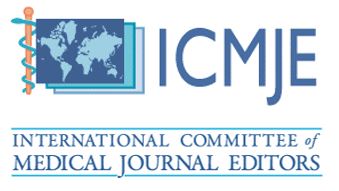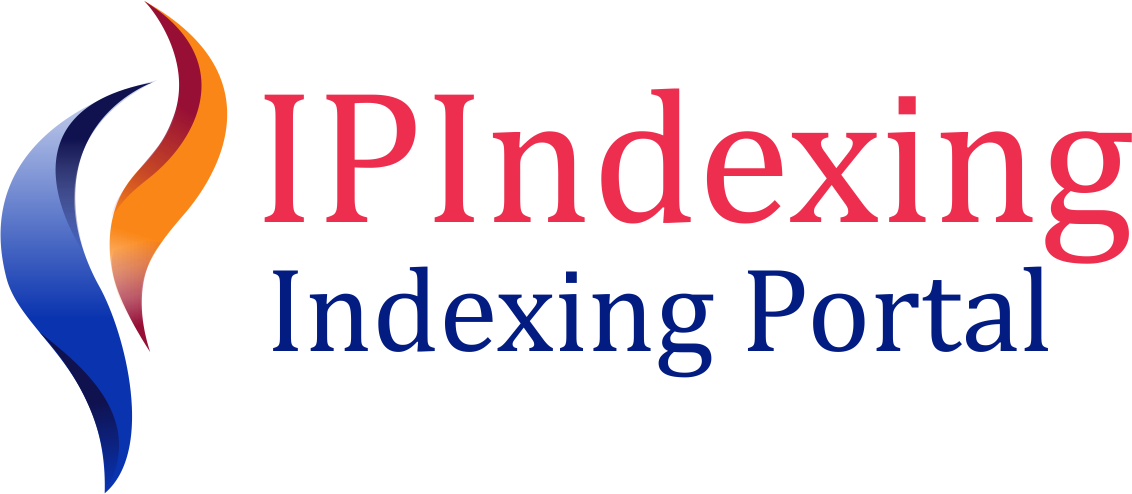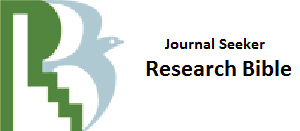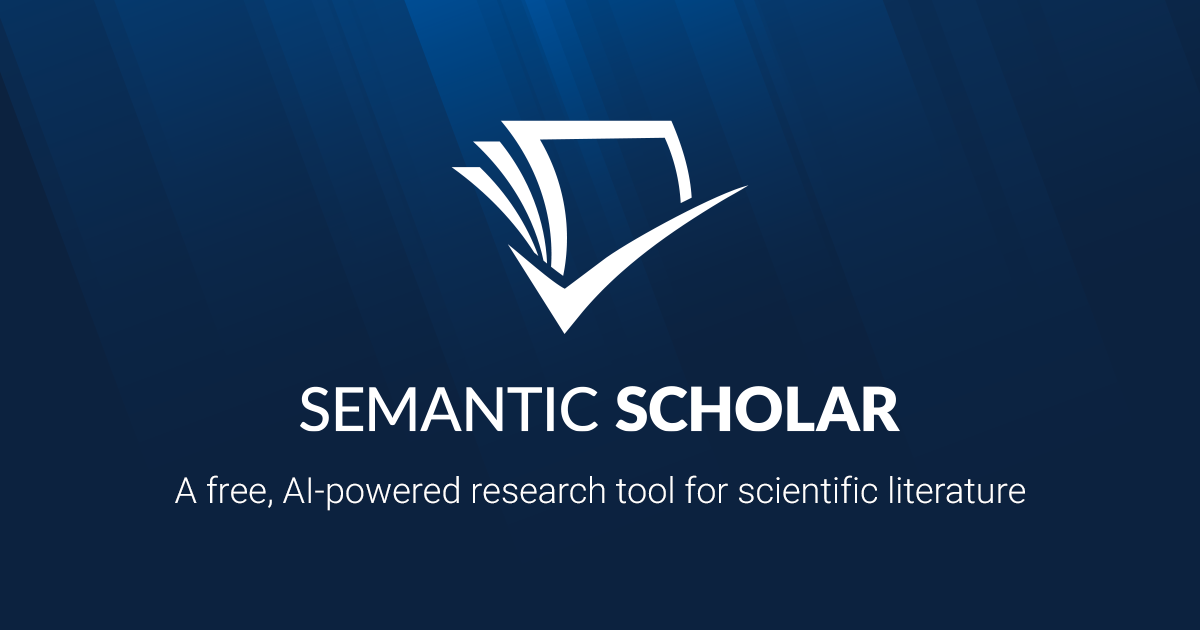

PERFORMANCE EVALUATION OF COLD-FORMED STEEL ENCASING CHANNEL FOR RETROFITTING STRUCTURAL STEEL SECTION USING ANSYS
143 Downloads
317 Views
Keywords
Cold-formed steel (CFS); Retrofitting; Structural steel; ANSYS; Finite element analysis (FEA); Encasing channel; Buckling; Strengthening; Structural rehabilitation; Load-bearing capacity
Abstract
Retrofitting existing structural steel members is essential for enhancing their load-bearing capacity, stiffness, and durability, especially in aging infrastructure and seismically active regions. Cold-formed steel (CFS) sections have emerged as an efficient retrofitting material due to their lightweight nature, high strength-to-weight ratio, and ease of fabrication. This review paper provides a comprehensive evaluation of the performance of cold-formed steel encasing channels used for retrofitting structural steel sections, with a focus on numerical modeling using ANSYS finite element software. Key mechanical properties of CFS, types of encasing configurations, and various structural retrofitting techniques are discussed. The paper highlights the modeling strategies, material definitions, boundary conditions, and loading criteria implemented in ANSYS-based studies. Results from recent literature demonstrate that CFS encasement significantly enhances structural behavior under axial and lateral loads, delays local buckling, and redistributes stress efficiently. Despite these advantages, challenges remain in practical implementation and code development. The study identifies research gaps and outlines future directions for advanced modeling, hybrid retrofitting systems, and standardization efforts to further improve structural retrofitting practices.
Published
May 30, 2025
Issue
Vol. 4 | Spcl. Issue-2 - 2025
Licensing

This work is licensed under a Creative Commons Attribution Non-Commercial 4.0 International License.


This work is licensed under a Creative Commons Attribution Non-Commercial 4.0 International License.
Copyright © Int. J. Appl. Engg. Res. Trans

